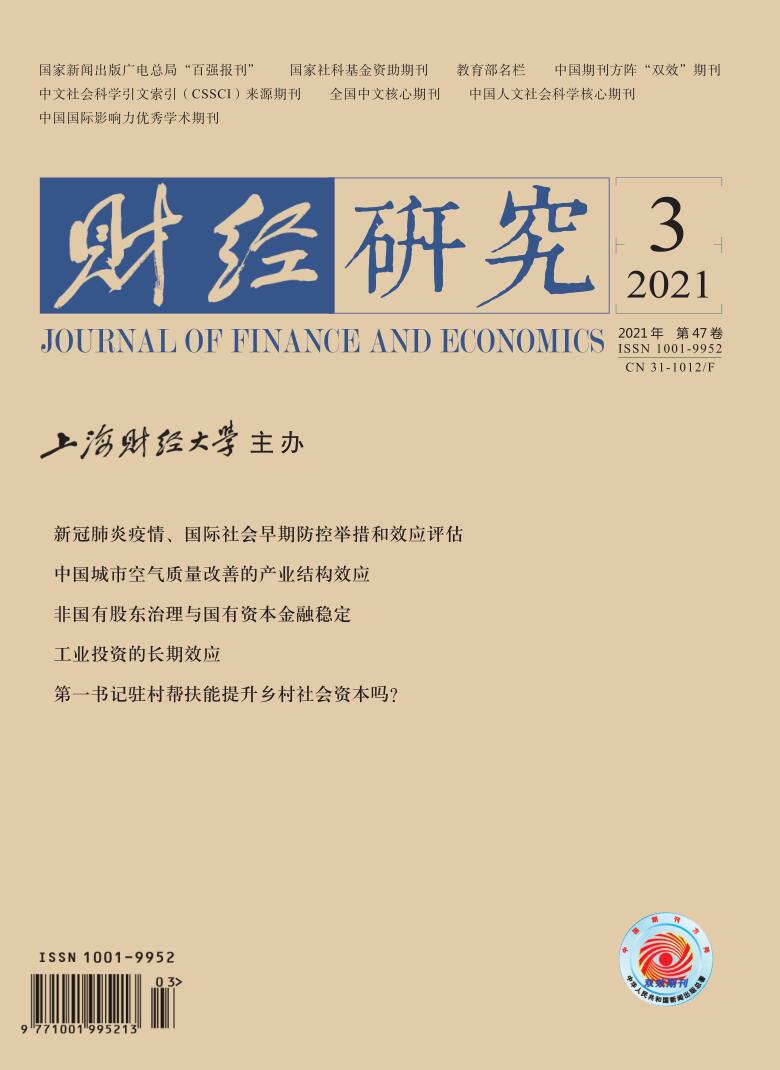Summit diplomacy has become the highest level and most influential form of diplomacy in today’s international exchanges. Among them, the visits of state leaders are particularly significant. It plays an important role in improving bilateral relations and handling international issues that cannot be replaced by other diplomatic forms. The exchange of visits between Chinese and foreign leaders has become increasingly active in recent years, which not only enhances the international community’s understanding of China, and deepens the bilateral relations between China and other countries, but also demonstrates China’s increasing international status and influence. In the context of the current global economic downturn and the rising trend of “reverse globalization”, it is of great practical significance to conduct in-depth research on the following issues: Does the visit of the highest-level leaders also promote the development of bilateral economic and trade relations from the perspective of diplomacy serving the economy? Are there differences in the effects of leaders’ mutual visits, product exports and imports, and product categories?
This paper builds an econometric model based on the trade gravity model. It selects 168 countries that have established diplomatic relations with China as the research objects, and uses monthly panel data from 2001 to 2017 to test the impact of the exchange of visits between China and foreign countries on bilateral trade. The main conclusions of the research are as follows: First, the mutual visits between Chinese and foreign leaders show the basic pattern of coordinated promotion of peripheral diplomacy and big country diplomacy. Second, benchmark regression results and robustness test results based on PPML and system GMM show that the exchange of visits between leaders of China and its trading partners has significantly promoted bilateral export and import trade flows. Third, the analysis based on HS classification of commodities shows that the impact of mutual visits by leaders on imports and exports is mainly reflected in the relatively weaker side of the trade, that is, the expansion of trade opportunities for non-competitive products to enter the other market. Fourth, the analysis of product classification and diplomatic characteristics grouping shows that the trade promotion role of leaders’ mutual visits is stronger in the peripheral diplomacy and small country diplomacy.
The research results show that the mutual visits between Chinese and foreign leaders reflect the actual role of diplomacy in serving the economy, and at the same time demonstrate the communication concept of mutual benefit and common development. As a “barometer” reflecting bilateral relations and a “booster” for promoting economic and trade cooperation, the role of leaders’ visits is particularly important in the complex and volatile international environment. This is not only conducive to improving bilateral relations and promoting economic and trade exchanges, but also plays a guiding role for companies to identify the status quo of bilateral relations and prevent political risks.






 4834
4834  5940
5940

